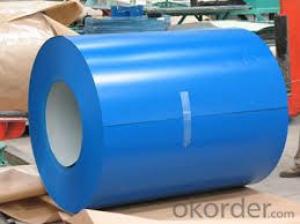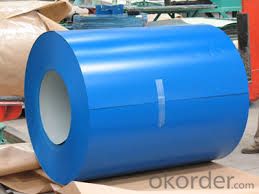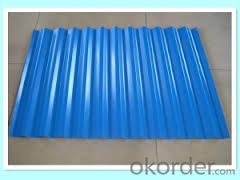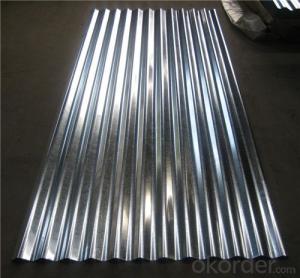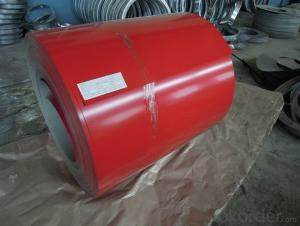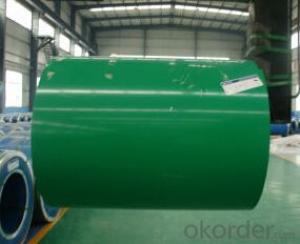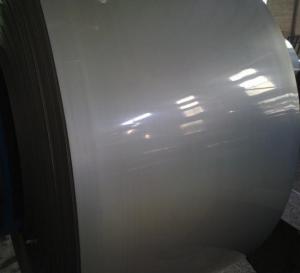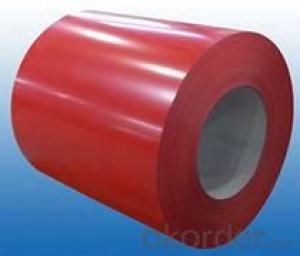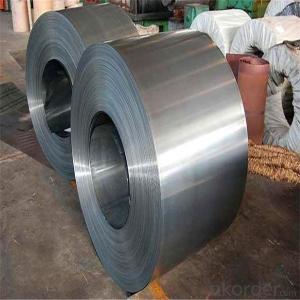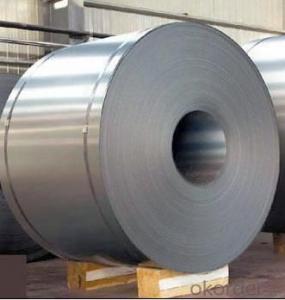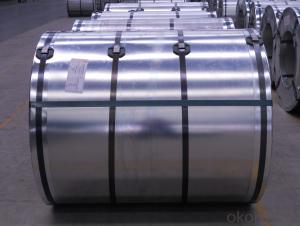Printed Prepainted Steel Coil/color steel rolled
- Loading Port:
- Shanghai
- Payment Terms:
- TT OR LC
- Min Order Qty:
- 20 m.t.
- Supply Capability:
- 12000 m.t./month
OKorder Service Pledge
Quality Product, Order Online Tracking, Timely Delivery
OKorder Financial Service
Credit Rating, Credit Services, Credit Purchasing
You Might Also Like
Product Description
Product Description
CONTENTS | PRODUCT SPECIFICATION | |||||
| Commodity | Prepainted galvanized steel coil | |||||
| Base Metal | Cold rolled, Electro-galvanized base metal, Hot-dip zinc coated base metal, Hot dip Al-Zn steel sheet | |||||
Thickness | 0.16 TO 1.00 mm | |||||
| Width | 600 TO 1500 mm | |||||
| Coil ID | 508 / 610 mm | |||||
| Type | coil/sheet/strips | |||||
Delivery Time | 15-30days after we receive deposit | |||||
Substrate Hardness | Soft, medium,full hard | |||||
| Zinc Coating | Z 40-275 gsm, AZ 40-180 gsm or as customer requirements | |||||
| Types of top coating | PE, Silicon modified polyesters, High-durability polyester, polyvinylidene fluoride | |||||
Colours | As per RAL shades/customer requirements. | |||||
| Surface Finishes | Glossy and Matte | |||||
| Price: | US $600-800 / Metric Ton | |||||
| Slits | 37mm and above | |||||
| Standards | AISI, ASTM, BS, DIN, GB, JIS | |||||
| Transport | By bulk or container | |||||
| Packing | Standard packing or at buyer's requirement | |||||
Applications:
Pre-painted steel metal products are used in a vast array of applications including:
? construction industry
? household appliances
? automotive
? industrial applications
? packaging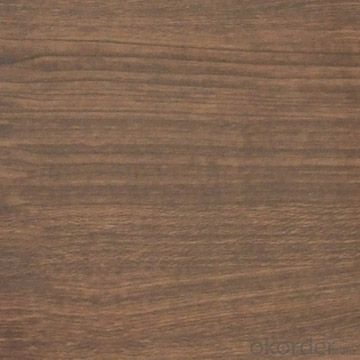
Q&A Acceptable payment term and way ?
ANSWER:T/T,L/C, T/T + L/C, D/P
- Q: How are steel coils used in the production of construction machinery?
- Steel coils are used in the production of construction machinery as they provide the raw material needed for manufacturing various components, such as frames, beams, and structural elements. These coils are processed and shaped into the desired forms, ensuring the machinery's durability, strength, and stability.
- Q: What is the typical lead time for ordering steel coils?
- The typical lead time for ordering steel coils can vary depending on factors such as supplier availability, production capacity, and shipping logistics. However, it is common for lead times to range from a few weeks to a few months. It is important to communicate with the supplier directly to get an accurate estimate for the specific order.
- Q: Suppose you made a sword out of diamond (just follow me here, it's only theoretical). Would it be lighter than a sword of the same size made out of steel?
- Diamond has half the density of steel but would make a terrible sword because it is not very tough. Toughness is a material's ability to resist breakage from forceful impact: Diamond has a toughness of 2.0 MPa·m1/2 and has a critical stress intensity factor of 3.4 MN·m?3/2. That makes it tough for a gem but are poor compared with steels. Plus diamond has a cleavage plane.
- Q: What are the different types of steel coil handling equipment used during processing?
- There are several types of steel coil handling equipment used during processing, including coil cars, coil cradles, coil tilters, coil lifters, coil grabs, and coil transfer cars. These pieces of equipment are designed to safely and efficiently handle steel coils and facilitate their movement throughout the processing facility.
- Q: rust is not a issue. i was looking a D2 steel but heard story's of it chipping and breaking
- A okorder /
- Q: What is steel made of? What are the elements other than iron?
- Steel is iron and carbon.
- Q: What are the different types of steel finishes for coil protection?
- There are several different types of steel finishes for coil protection, including galvanized, aluminized, painted, and coated finishes.
- Q: What are the different grades of steel coils?
- There are various grades of steel coils available, including low carbon steel, medium carbon steel, high carbon steel, stainless steel, and galvanized steel coils. Each grade has specific properties and applications, making them suitable for different industries and purposes.
- Q: I have the game of the year edition for fallout 3 but there's no mission or quest saying it's called broken steel so what is it actually called and where is it? Please describe the quest in case I mightve already done it without even knowing.
- If I can remember right (SPOILER) you have to beat the game and instead of dying you just pass out and wake up with the brother hood of steel.
- Q: i need a company that sells strong steel doors because my neighbors apartment was broken into. I need a strong steel door for the outside of the home, where you first enter. please list places in the US, or in NY.
- The okorder /
Send your message to us
Printed Prepainted Steel Coil/color steel rolled
- Loading Port:
- Shanghai
- Payment Terms:
- TT OR LC
- Min Order Qty:
- 20 m.t.
- Supply Capability:
- 12000 m.t./month
OKorder Service Pledge
Quality Product, Order Online Tracking, Timely Delivery
OKorder Financial Service
Credit Rating, Credit Services, Credit Purchasing
Similar products
Hot products
Hot Searches
Related keywords
